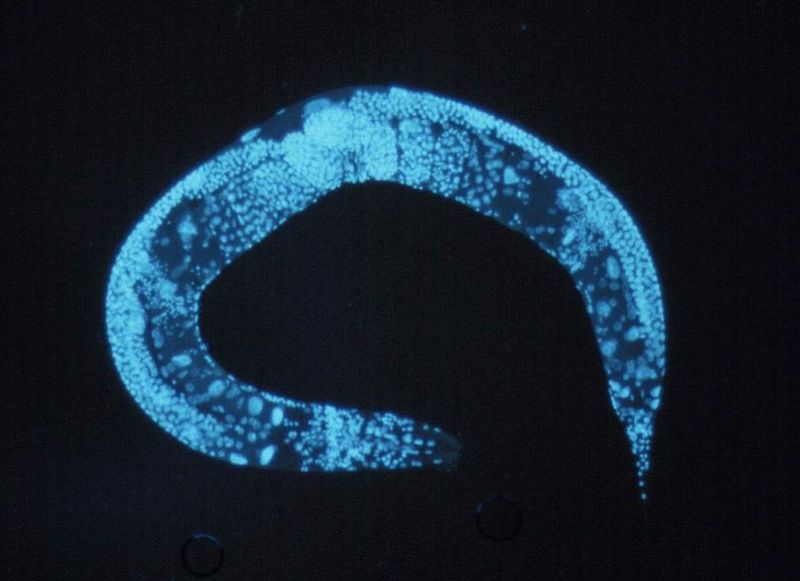 You almost certainly have not heard of Prof Cornelia Bargmann, of Rockefelller University in New York. But there was an interesting feature about her in Nature a couple of weeks ago. First of all it was very timely, it came out in the week in which Prof Bargmann won a $3 million Breakthroughs in Life Sciences prize. Whoever commissioned it must be patting themself on the back.
You almost certainly have not heard of Prof Cornelia Bargmann, of Rockefelller University in New York. But there was an interesting feature about her in Nature a couple of weeks ago. First of all it was very timely, it came out in the week in which Prof Bargmann won a $3 million Breakthroughs in Life Sciences prize. Whoever commissioned it must be patting themself on the back.
Bargmann did a PhD in cancer genetics ,but then switched to study the genetics and molecular biology that allow brains to work. This was in 1987 – 26 years ago. The study of the molecules that enable our brains to think was then a lot quieter field of study than cancer. She made a conscious decision to switch to this less glamorous field, and spend decades – her scientific career – working in it.
It has paid off, of course. She works in a simple model organism: a tiny worm called C. elegans (shown above), which has exactly 302 nerve cells (we have billions). And after many years of work she and her collaborators are really identifying the molecules that enable C. elgans, and ourselves to think, and how they do this. It is weird to think that cascades of specific molecules inside our brains are needed for us to do abstract stuff like form an opinion on Jedward, but it is clearly true that without them we would neither be able to love nor loathe Jedward.
Bargmann’s scientific career also looks like a spectacularly successful example of picking a hard, important problem, at a time when few others are working on it, and then working on this hard problem solidly for years, slowly unravelling it.
